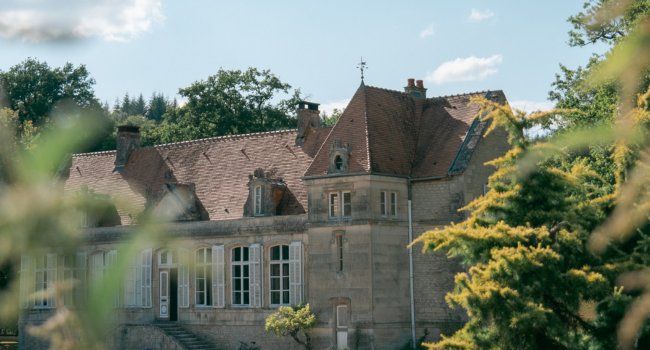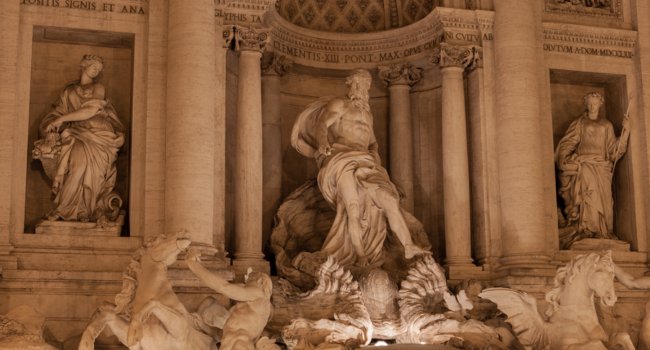The institutions and culture of the Roman Empire
have influenced the development of language, religion, architecture, philosophy, law, and forms of government across all the territories it governed, most particularly Europe.
History

The Roman Empire began with the crowning of the first emperor Gaius Octavian Thurinus known as Augustus (“the venerated”) in 31BC and fell to the German Goths in 476. The government, headed by emperors in Rome until 285AD, was responsible for land around the Mediterranean Sea in Europe, North Africa, and West Asia. The Roman Empire was later divided into a Western Roman Empire, based in Italy until the empire collapsed, and the Eastern Roman Empire, based in Constantinople, also known as the Byzantine Empire, which collapsed in 1453, when Constantinople fell to the Ottoman Turks.
The third century was a time of significant upheavals that surfaced at the same time. These included famines and plagues, military disasters, civil wars, attempts to seize supreme power, rebellions within the provinces, raids and invasions from beyond the frontier, and the threat of barbarians at the boards of the empire. All of which had happened in the past, but on a scale that had been manageable. The third century saw these troubles on a grander scale, making them far more challenging to eradicate.
The fourth century saw an explosion of thought in philosophy and theology and began the Roman struggle that was to continue over the next 200 years about the proper relationship between church and state, believing this would be key to Roman unity and Rome’s future. However, attempts made by the emperors of the time to create unity often created as many problems as they solved.
The Roman empire in the East, also known as the Byzantine Empire, survived for almost a millennium after the fall of its Western counterpart and became the most stable Christian realm during the Middle Ages until it was threatened by the rise of Islam. The Roman Empire finally collapsed when Mehmed the Conqueror conquered Constantinople on 29 May 1453.
Geography and demography
The Roman Empire expanded most under emperor Trajan (98–117), to cover 5m square kilometres with a population between 55–60 million. Rome, Alexandria, and Antioch were the three largest cities in the Empire. Running from northern England, east to Syria and south to Egypt, the empire completely circled the Mediterranean. Borders were ascribed, and frontiers built, like Hadrian’s Wall in the UK, to keep out barbarians.
Languages
Latin was the language of the law courts in the West and of the military throughout the Empire but was not imposed officially on peoples brought under Roman rule. Romans who received an elite education studied Greek as a literary language, and most men of the governing classes could speak Greek. Most local languages other than Greek and Latin continue to thrive, including Punic, Gaulish and Aramaic.
Society
The Roman Empire was multicultural, with a sense of shared identity amongst diverse peoples within its political system over a long span of time, thanks to communal spaces open to all, including forums, amphitheatres, racetracks and baths. This led to increased social mobility under the Empire, both up and down the scale. The growth of voluntary associations and special interest groups which included professional and trade guilds, veterans' groups, religious groups and more, also helped with increased social mobility.
Women in Roman law

Technically a woman remained under her father's legal authority, even when she moved into her husband's home, but when her father died, she became legally emancipated, giving women a degree of independence. A Roman mother's right to own property and to dispose of it as she saw fit, including setting the terms of her own will, gave her enormous influence over her sons even when they were adults. Women would later be able to own property, enter contracts, and run a business, with some able to be financial benevolent on a large scale.
Back Home